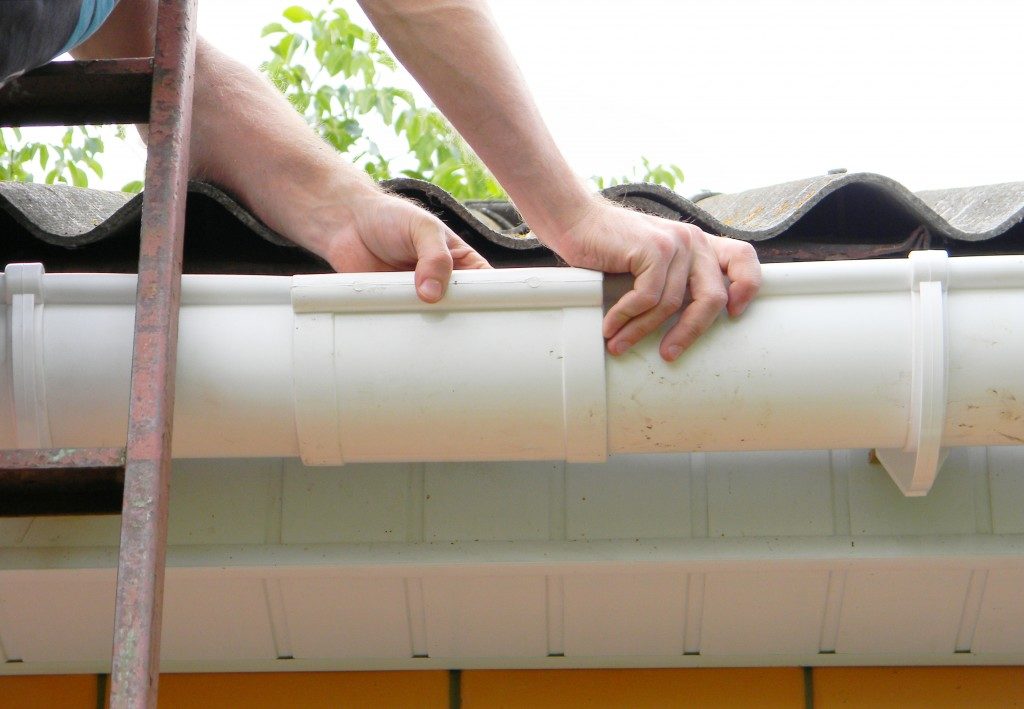Property owners recognize the effects of water damage to their structure’s foundation. To avert it, almost all properties nowadays have a gutter. This is installed below the eaves of your roof; it collects rainwater and melted snow and conveys it to a downspout. From here, it is deposited into a tank or a drainage system.
Like all systems, rain gutters have their weak spots. The primary ones, which increase the gutters’ susceptibility to leaks, are the miters and seams.
A seamless rain gutter is the best choice for your Salt Lake City property to avert one of the weak spots. Other than minimizing the risk of leakage, seamless rain gutters are easy to maintain and are not an eyesore. Furthermore, seamless gutters can withstand strong winds and heavy snow and rain, unlike sectional gutters in which different sections can break away.
Miters are the corners in gutter systems. It is virtually impossible to install a rain gutter without any corners. Unfortunately, these corners mark the weak points in your gutters since they change the direction of water flow. The following are the types of miters your installer might use for your rain gutters.
1. Box Miters
These are pre-manufactured corners, which come in a single piece designed for attachment to guttering runs. Though a box miter is the most straightforward to install, it requires sealing and fastening of two seams. The fasteners and joints used for this fastening remain visible and, therefore, might compromise the look of your property. Moreover, there is a risk that the box miter you buy will not fit your guttering runs’ sizes.
2. Strip Miters
These have a single seam design, unlike the box miter. This means you will only need to seal one side of the miter. Most installers only use a small aluminum piece with a ninety-degree bend to cover the seam. A few screws and rivets are also used to hold the strip miter in place. A significant amount of sealant will be used in a strip miter to prevent the risk of leakage.
3. Hand Miter
This option features one joint and has no visible parts when attached. It is an ideal option for those worried about the aesthetic impact of their gutters’ corners. A hand miter holds two guttering runs together using special tabs, which overlap on the inner side of your gutters. It has exceptional leak resistance since it does not comprise many joining points. However, the joints in a hand miter might pull apart due to extreme temperature variations.
4. Handcrafted Miter

This is customized to match the needs and appearance of your property. Its size also matches that of your guttering runs perfectly. Handcrafted miters have the highest leak resistance among all miters, but they are generally expensive.
DIY gutter installation might seem like the best idea at first. However, this usually results in the incorrect installation of your rain gutters’ corners even if you pick the right miter. Most property owners make gross mistakes when installing the miters, which contribute to further water damage. Professional gutter installation is important to ensure the efficiency of your rain gutter system.

